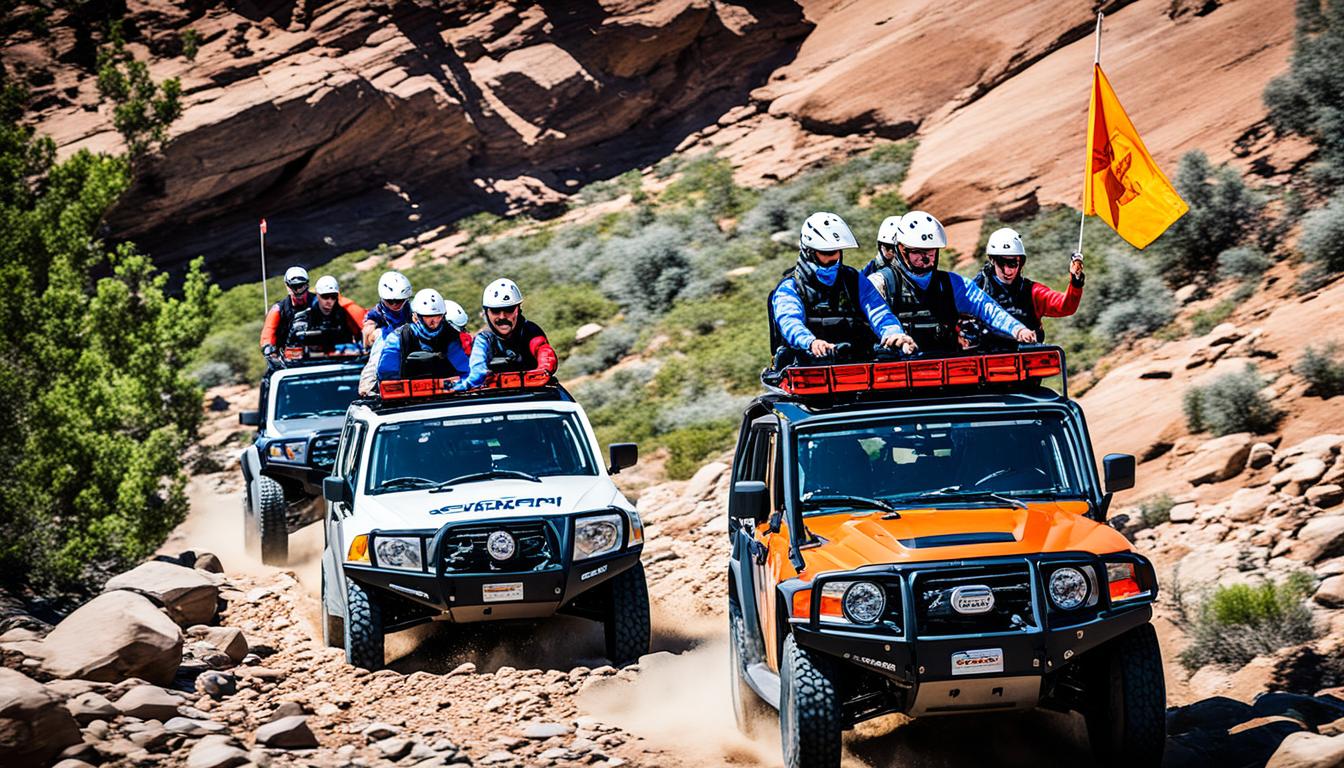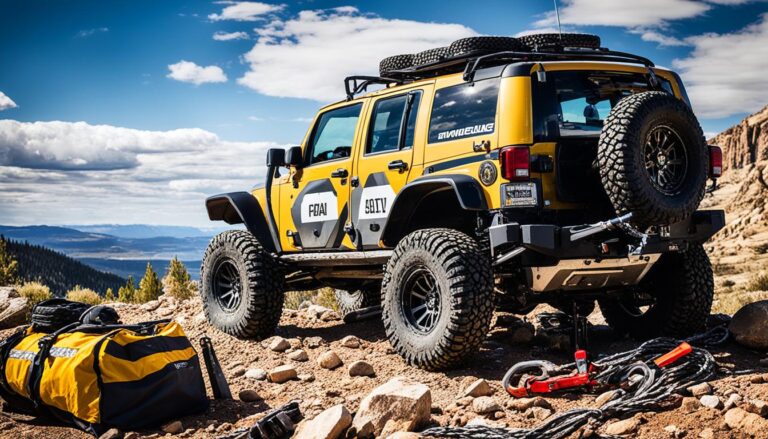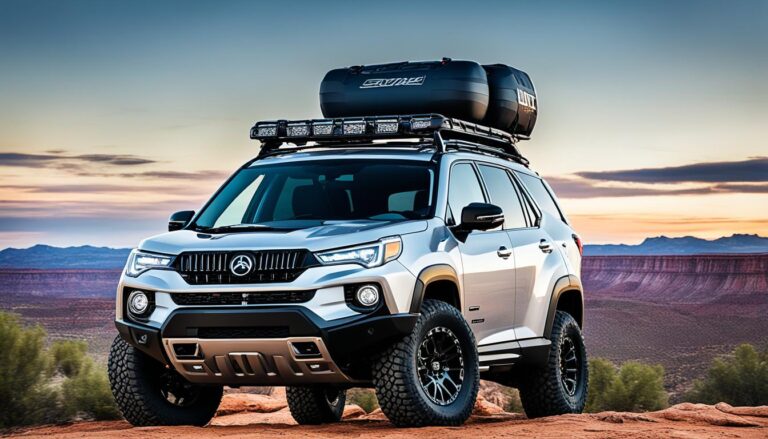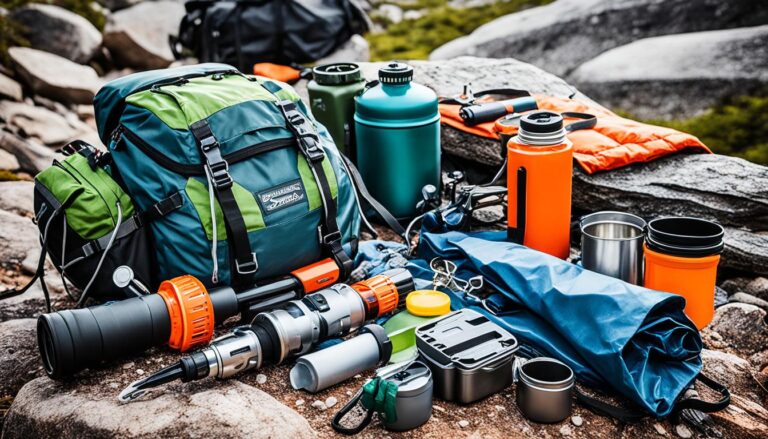Off-Road Trail Safety: What You Need to Know Before You Go
As we embark on our off-road adventures, understanding off-road safety is essential to ensure a rewarding experience. Off-roading offers unique challenges that require meticulous preparation and awareness. It is critical that we familiarize ourselves with various trail safety tips to mitigate risks associated with our outdoor excursions.
Research from the American Off-Road Racing Association emphasizes that safety should always remain our top priority. By equipping ourselves with knowledge and the right resources, we can appreciate the beauty of nature while minimizing potential hazards. In this article, we will dive deeper into the key aspects of trail safety, essential gear, and crucial tips that will enhance our outdoor adventure safety.
Understanding Off-Road Trail Safety
Off-roading can be an exhilarating experience, but it requires us to prioritize safety at every turn. Engaging in preparation for off-roading enhances our enjoyment while minimizing risks. Knowing our surroundings and understanding what to expect is crucial in ensuring we have a smooth adventure without unnecessary hazards.
Importance of Being Prepared
Preparation is a key component in off-road trail safety. We need to familiarize ourselves with the capabilities of our vehicles and the specific types of trail terrain we plan to explore. This involves researching the conditions we may encounter, including the possibility of challenging rocky paths, muddy stretches, or sandy dunes. The more we prepare, the better equipped we are to tackle unexpected situations and challenges that may arise during our journey.
Types of Off-Road Trails
Understanding the various types of trail terrain is essential for planning our off-roading trips effectively. Here are some common off-road trail types we should be aware of:
| Trail Type | Characteristics | Preparation Needed |
|---|---|---|
| Rocky | Uneven surfaces, boulders, and sharp drops | High ground clearance, skid plates, rocky trail navigation skills |
| Muddy | Soft ground, potential for getting stuck | Tires with good traction, winch or recovery gear |
| Sandy | Loose surfaces with shifting sand | Lower tire pressure, technique for steering and maintaining momentum |
| Forest/Trail | Narrow paths, possible tree obstacles | Awareness of surroundings, off-road navigation tools |
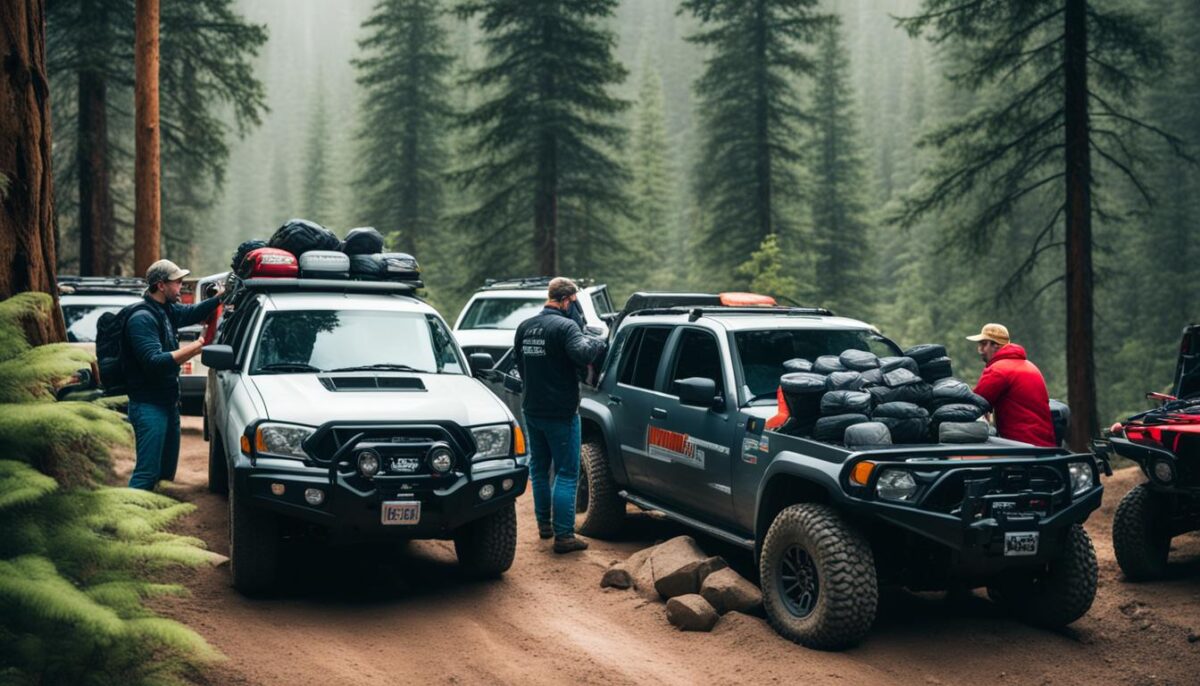
By understanding the types of off-road trails we may encounter, we can significantly enhance our preparation for off-roading. This knowledge not only helps mitigate risks but also enriches our overall experience in the great outdoors.
Essential Gear for Off-Roading
When gearing up for our off-road adventures, having the right equipment can make all the difference. We need to prioritize safety and functionality, ensuring our off-roading experience remains enjoyable. Let’s take a look at the essential gear we should carry, how to choose the right vehicle, and the navigation tools for trails that will keep us on track.
Safety Equipment We Should Carry
Safety equipment is crucial for protecting ourselves and our vehicle on the trail. Here’s a list of must-have items:
- Helmets for head protection
- First-aid kits for emergencies
- Recovery straps for vehicle extraction
- Fire extinguishers to manage potential fires
- Flashlights for visibility in low-light conditions
Having these off-roading gear items readily accessible ensures we can tackle unexpected challenges confidently.
Choosing the Right Vehicle
When considering off-road vehicle selection, we should focus on options that excel in rugged terrain. Key factors include:
- Four-wheel drive capability
- Ground clearance for navigating obstacles
- Durability to withstand harsh conditions
Vehicles like the Jeep Wrangler and Toyota 4Runner are popular among off-road enthusiasts due to their robust features and reliability. These vehicles enhance our experience by handling challenging trails with ease.
Navigation Tools to Use
Effective navigation is essential when exploring new trails. We can utilize various navigation tools to keep us on the right path:
- GPS devices designed for outdoor use
- Smartphone apps tailored for off-roading
- Printed maps as backup
Employing reliable navigation tools for trails helps us avoid getting lost and ensures a smooth adventure.
Trail Safety Tips for Our Adventures
When we embark on our off-roading journeys, it’s vital to prioritize our safety. Understanding trail safety tips equips us to handle various challenges we may encounter. One essential aspect is staying aware of our surroundings while navigating the trails.
Staying Aware of Our Surroundings
Awareness of our environment enhances not only our safety but also enriches our experience. Observing trail conditions and the actions of fellow outdoor enthusiasts helps us react swiftly to unexpected changes. Signs of erosion or wildlife activity can remind us to adjust our course or pace. Practicing environmental awareness means respecting nature and ensuring we are not leaving a negative impact on the ecosystem we explore.
Recognizing Weather Conditions
The weather can significantly influence our off-roading experience. Being attentive to the weather impact on off-roading is crucial for maintaining safety on the trails. For example, wet conditions can transform a previously stable path into a slippery challenge. Sudden storms might lead to flash floods, posing serious risks. The National Oceanic and Atmospheric Administration frequently emphasizes how awareness of weather patterns plays a key role in outdoor activities. Staying informed allows us to make timely decisions and enjoy our adventures while minimizing risks.
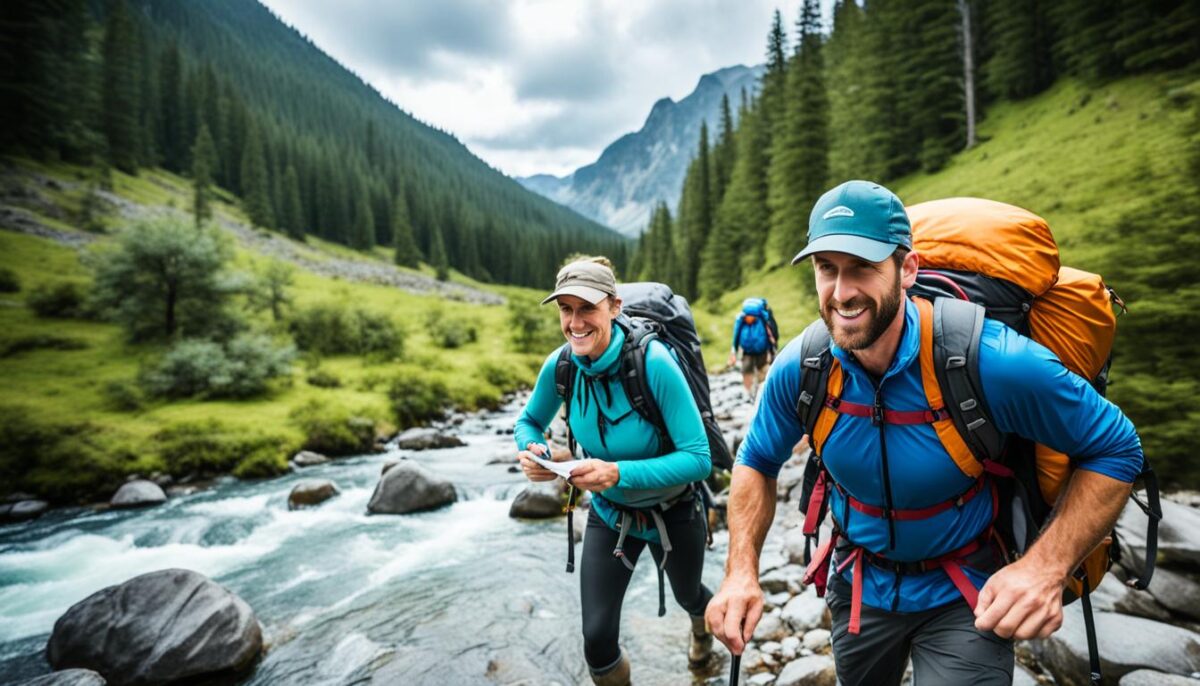
Responsible Off-Roading Practices
As we embark on our off-roading adventures, embracing responsible off-roading practices is crucial for preserving the natural beauty we enjoy. By sticking to designated trails, we not only protect delicate ecosystems but also ensure that future generations can experience the thrill of exploring nature. Environmental stewardship is a shared responsibility, and our choices today can have lasting effects on the landscape.
Practicing proper trail etiquette plays a significant role in fostering a respectful relationship with wildlife and other trail users. We must be mindful of our surroundings and demonstrate courtesy while navigating trails. This means yielding to hikers, respecting wildlife habitats, and keeping noise levels down to enhance the experience for everyone involved.
Organizations like Tread Lightly! inspire us to minimize our impact by promoting sustainable recreation. By following their guidelines on leaving no trace and protecting our trails, we contribute to a culture that values and respects the wilderness we cherish. It’s up to us to lead by example, ensuring our shared outdoor spaces remain safe and enjoyable for years to come.

